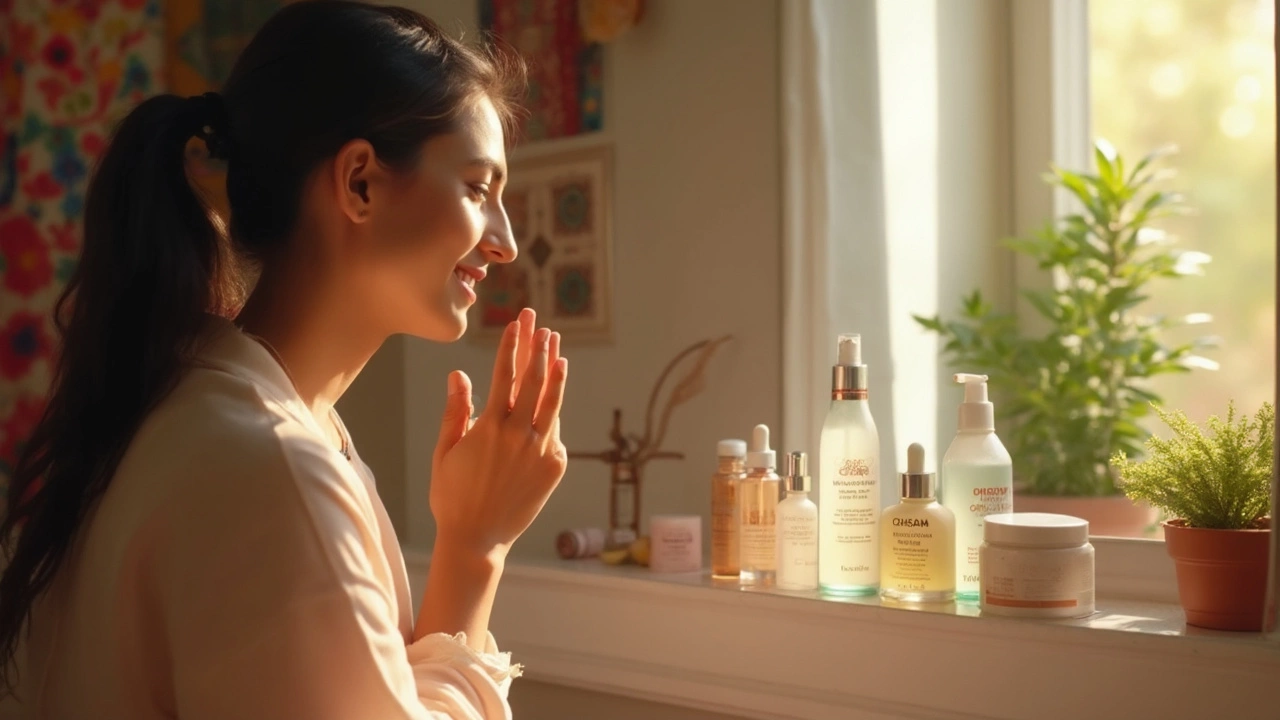Layering Products: Safe Choices, Benefits & How to Use Them
Ever wonder why some people swear by layering creams, serums, and oils while others just stick to one product? The trick is not magic – it’s about giving each ingredient a chance to work without fighting the next one. Below you’ll find simple, down‑to‑earth advice that lets you build a routine you can trust, especially when you’re worried about hidden toxins.
Why Layering Matters
When you stack products correctly, lighter formulas soak in first, and heavier ones seal the deal. Think of it like dressing in layers on a cold day – the shirt keeps you warm, the sweater adds bulk, and the jacket locks everything in. The same principle applies to skin. A watery serum can deliver antioxidants straight to the cells, while a richer cream on top prevents moisture loss.
But there’s a catch: not every product plays nice together. Some ingredients deactivate each other or cause irritation. For example, using a strong acid and a retinol in the same step can lead to redness. Knowing which combos work helps you avoid unnecessary side effects and keeps your skin calm.
Safe Ways to Layer Products
1. Start with a clean canvas. A gentle, sulfate‑free cleanser removes dirt without stripping natural oils. This step is crucial because residues can block the next product from penetrating.
2. Keep it light first. Apply watery solutions like hydrating serums or toners right after washing. Look for ingredients such as hyaluronic acid, glycerin, and niacinamide – they’re well‑tolerated and rarely contain hidden toxins.
3. Follow with actives. If you use a vitamin C serum or a peptide complex, put it on after the light base. These actives need direct contact with skin cells, so a thin layer works best.
4. Seal with a moisturizer. Choose a product that lists natural oils (like jojoba or almond) near the top of the ingredients list. Avoid “paraben‑free” claims alone; check the full list for fragrance or synthetic preservatives that can irritate.
5. Finish with sunscreen (day) or a night cream (evening). Sunscreen is the most non‑negotiable step – it blocks UV damage that can undo all your layering effort. For night, a richer cream with ceramides helps lock in moisture while you sleep.
When you’re unsure about a product’s safety, read the label. Ingredients are listed in order of concentration, so the first few matter most. If you see “fragrance,” “phenoxyethanol,” or “SLS,” it’s best to skip or use sparingly.
Experimentation is fine, but keep a simple log. Note the product name, order of application, and any reactions. After a week, you’ll see what works and what doesn’t without over‑complicating your routine.
Bottom line: layering isn’t about using every product you own. It’s about pairing the right ones in a logical order, staying clear of hidden toxins, and listening to how your skin feels. Follow these steps and you’ll get the most out of each ingredient while keeping your routine safe and effective.

7 Skin Care Routine: What It Is, How It Works, and Why People Swear By It
The 7 skin care routine is all about layering toner multiple times to boost hydration and help your skin glow. This article breaks down each step, why it matters, and who can benefit—even people with oily or sensitive skin. You'll find tips to avoid common mistakes and learn how this routine got viral. If dewy, healthy-looking skin is your goal, check out these easy-to-follow steps that anyone can try at home.

Does Express Scripts Cover Ozempic Costs?
Apr, 3 2025

What Is the Newest Alternative to Knee Replacement?
Oct, 30 2025


